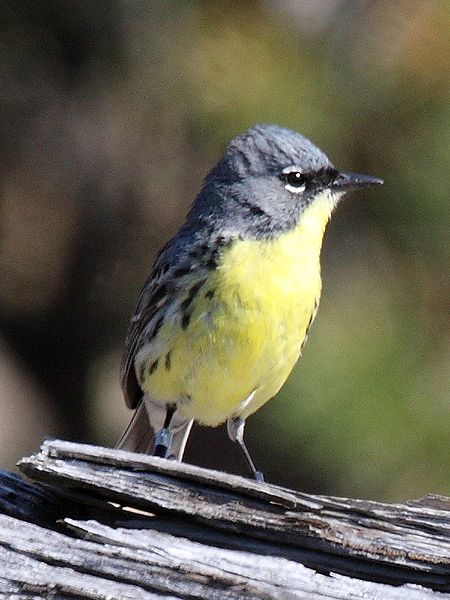
Kirtland’s warblers, like the one in the picture above, have been fitted with tracking devices to learn more about the endangered bird’s migratory habits. Photo: Howcheng. Retrieved from Wikimedia Commons.
Great Lakes Echo
Editor’s note: Landscope is an occasional series about Michigan land use changes documented in the aerial imagery archive at Michigan State University’s Remote Sensing and Geographic Information Systems center.
Endangered birds in Michigan are sporting tiny locator backpacks to help determine their routes while on their way to their winter homes.
Kirtland’s warblers, a member of the wood warbler family, are rare. During the summer months they nest only in certain areas of Michigan, Wisconsin and Ontario, according to Michigan’s Department of Natural Resources. During the winter they migrate south to the Bahamas.
The question is, how do they get there?
Without knowing more about the birds migration patterns it is hard to aid their other important habitats as well.
“Migratory activity is important,” said Daniel Elbert, an endangered species biologist with the U.S. Fish and Wildlife Service. “Climate change and weather patterns could have repercussions on breeding grounds.”
New developments in tracking animals has allowed researchers to reconstruct the movements of the tiny birds to their winter homes, according to a pilot study by state conservation officials.
The birds winter in the Bahamas, but exact locations are still unknown. What researchers are attempting to learn about the warbler is how it reaches these locations and what other pressures are on it, according to Mike Donovan, a wildlife habitat resource specialist with the Michigan Department of Natural Resources.
The tiny devices are called light-level geolocators. They measure changing light intensity over a period of time.
“This technology is for continental movement, not local,” said Elbert. It’s needed because although the bird’s winter home is known, the bird is so rare that there are few reports on how they got there.
The locators measure the time the sun rises and the time the sun sets. That data later can be analyzed to recreate the bird’s migration routes and winter home locations, according to the pilot study.
The battery-powered solar cell locators last about nine months, according to Elbert.
To avoid hindering the bird, the locators stick to a five percent body weight rule researchers use when putting tracking devices on animals.
“You have to think about these things when tracking wildlife,” Donovan said. “How do I capture, what am I going to put on it and how am I going to get the data?”
The longer birds stay in a certain area, the more precise the location.
“It’s a conservation concern,” said Elbert. “The flight of Kirtland’s warbler is tied to human development and human interaction. Due to loss of habitat, humans have had a very active role in decline of this species, but can also protect with intervention.”
”Warblers carrying the unit can be located within hundreds of kilometers. Our goal in this study is to understand the relative path and if birds are wintering in the Bahamas,” Donovan said.
These endangered birds are picky nesters when arriving at their breeding grounds in the north. Weighing only about half an ounce, they nest on the ground underneath vast acres of jack pine trees.
“Called the bird of fire, it relies on jack pine trees between five and 15 years old,” Donovan said. ”Jack pines regenerate after fire.”
That’s a problem because people don’t like fires and jack pine fires are intense and big, he said
According to the DNR, they used to do burns but controlled burning is a very scary proposition. The 1980 Mack Lack fire in northeastern Michigan ended the prescribed burning.
“It burned about 25,000 acres and one person died,” said Donovan.
“That burn got so big, it ended up being the comeback of the warbler,” he said. “This showed us the importance of size of the habitat, we were managing it at too small of a scale.”
Now, the DNR cuts and plants jack pines in patterns that mimic a fire to manually produce the warbler’s habitat, Donovan said.
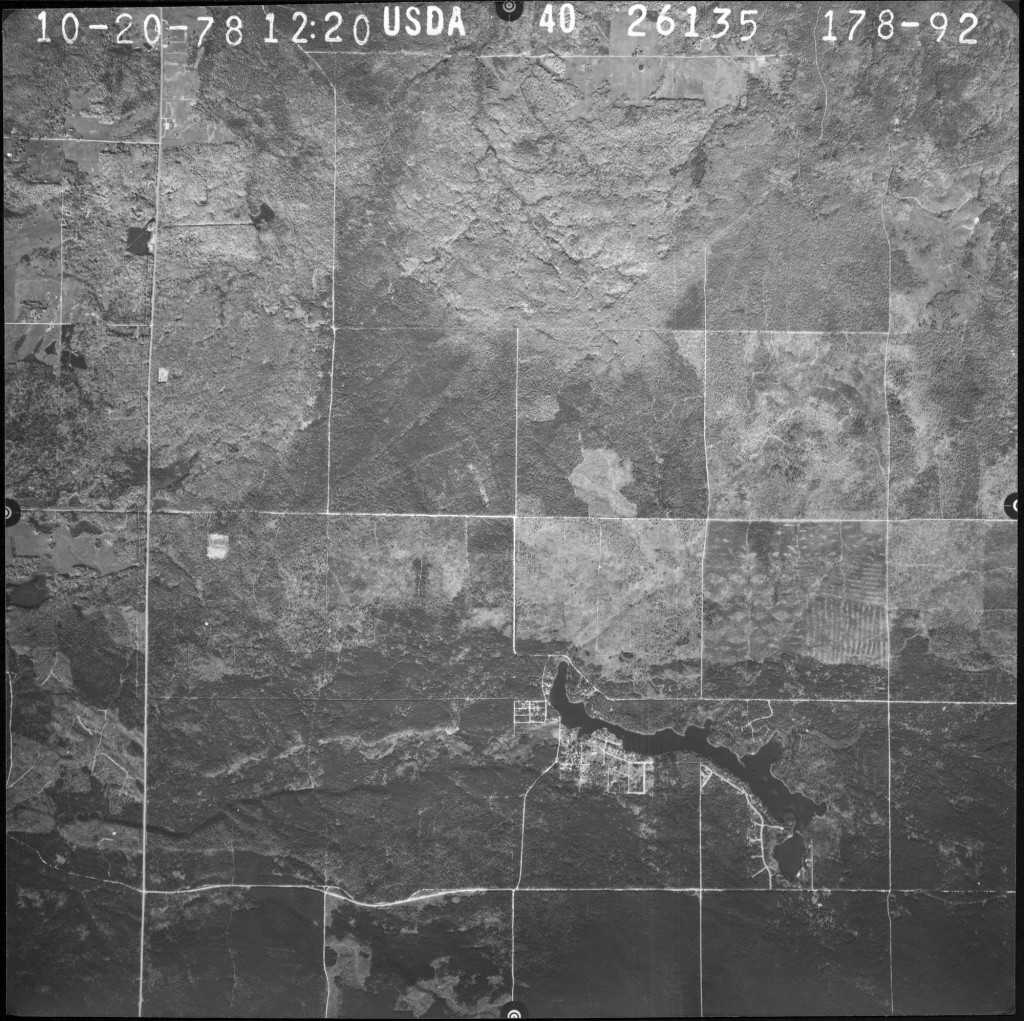
In 1978 the landscape around Mack Lake in northeastern Michigan was managed for Kirtland’s warblers with prescribed burning instead of cutting and planting. Image via MSU aerial imagery archive.
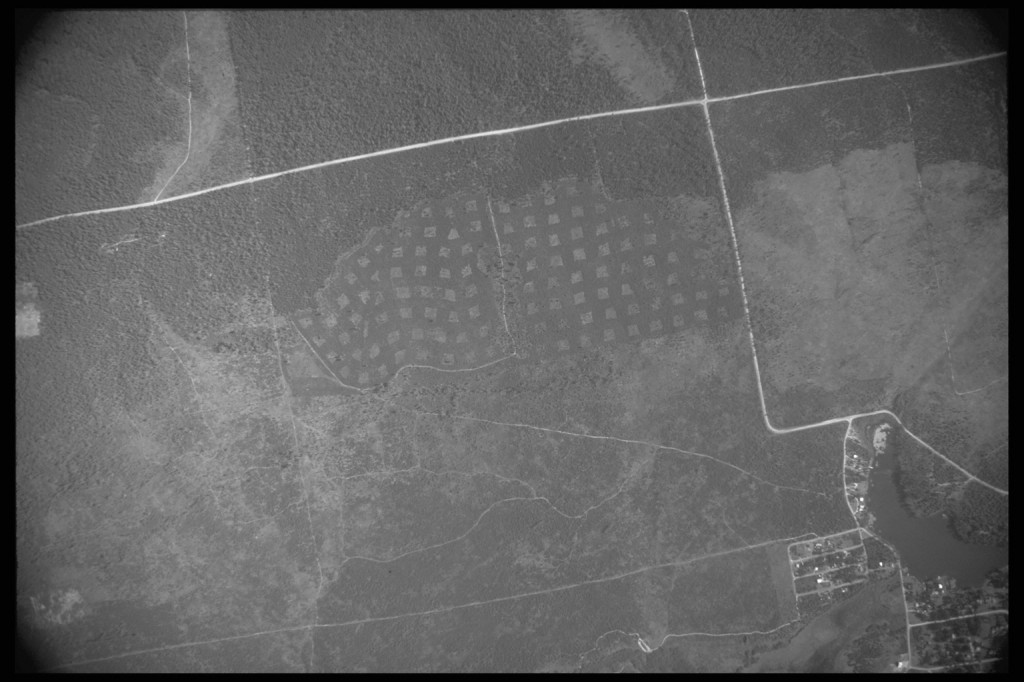
After a prescribed burn accidentally destroyed more than 25,000 acres in 1980, the Michigan Department of Natural Resources began to mimic the habitat produced by fire with selective planting and cutting as seen in these plots in 1992. Image: via MSU aerial imagery archive
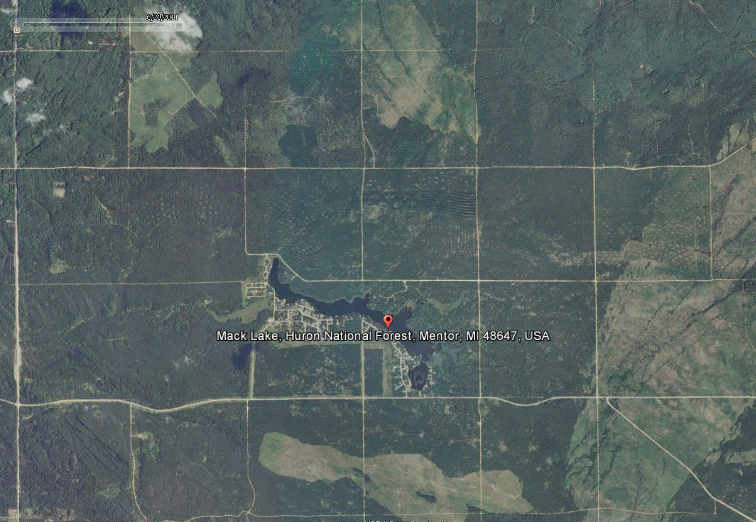
State conservation efforts provide the Mack Lake area with the required habitat of the warblers without the dangers of prescribed burning. Image: 2011 via MSU aerial imagery archive.
The geolocator technology is great for these birds because young jack pines allow a lot of light, Elbert said. This gives the geolocators the ability to capture the light more easily instead of if they were used for a species that lives deep in a forest.
Michigan’s conservation efforts have helped increase the bird’s population.
“In 1990 we were at 400 singing males in the entire population and now we’re over 2,000,” said Donovan.
There are risks to this study, Donovan said. Researchers have to avoid harming the birds during capture to fit them with the devices and during recapture to get the data. Straps on the packs can cause irritation and the environment can always present hazards.
“There’s always a small percent of damage or mortality due to the effort itself, which is unfortunate…hardest thing is we’re concerned about individuals but were worried about populations,” Donovan said.
The research will help gather the information needed to help give conservation efforts insight into the full life cycle and habits of this rare bird, he said.
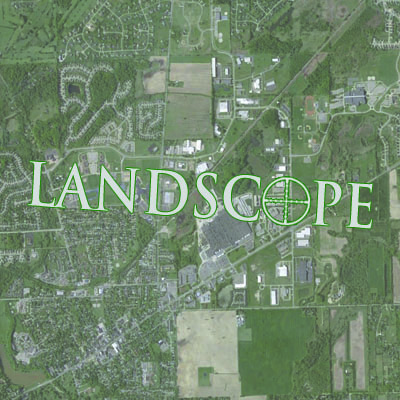
Fixed. Thanks.
Dave
Aerial Image Archive link not working